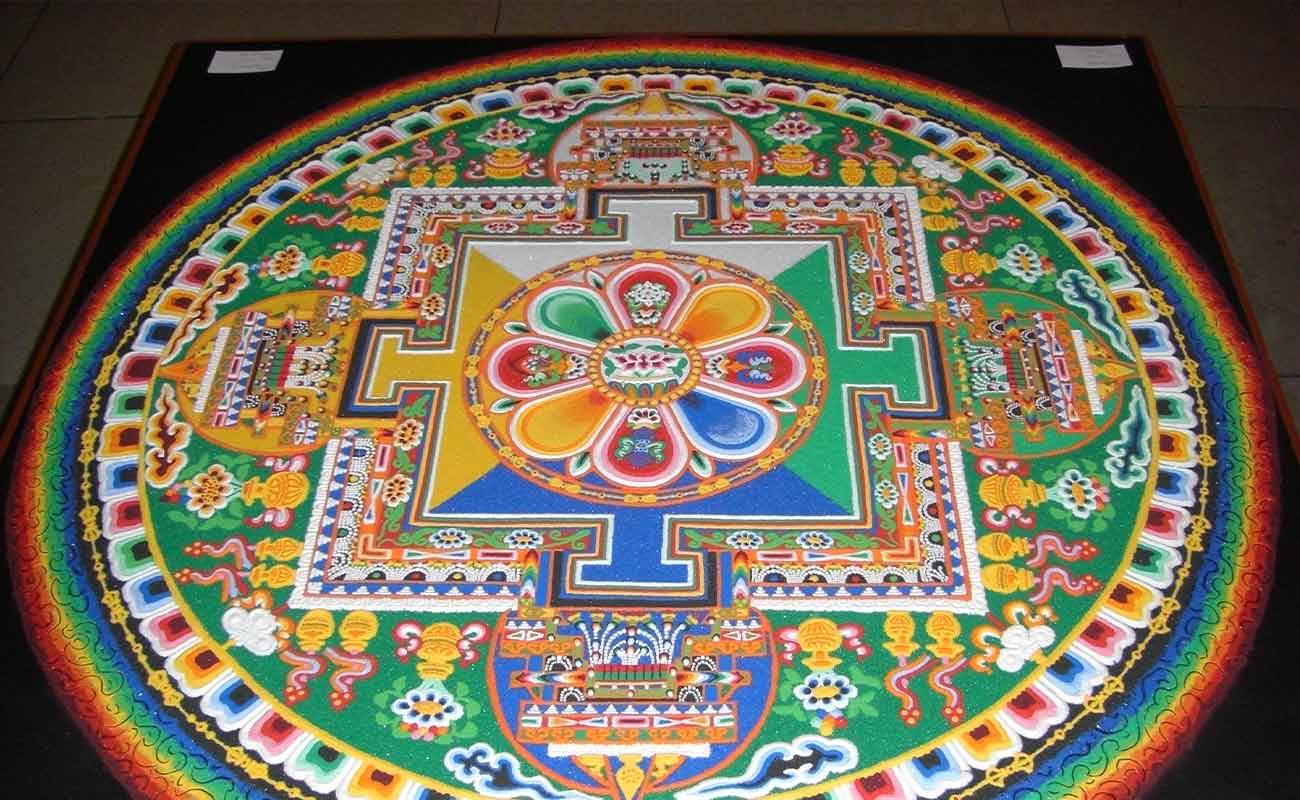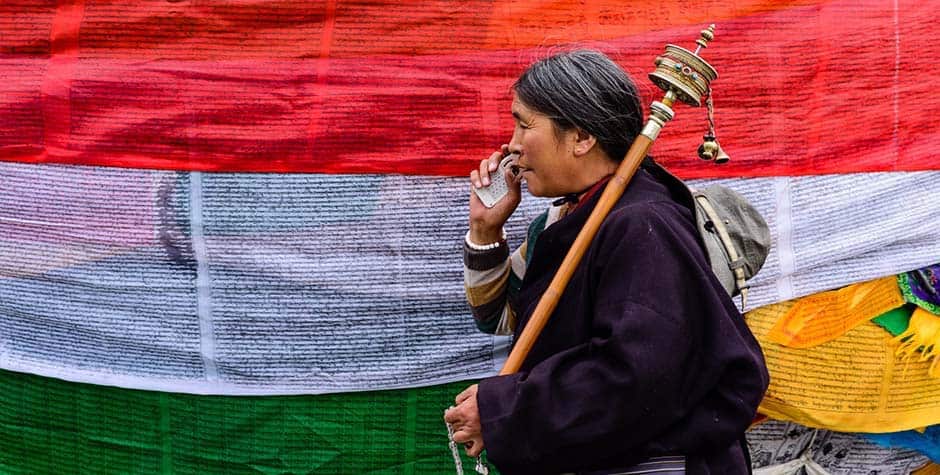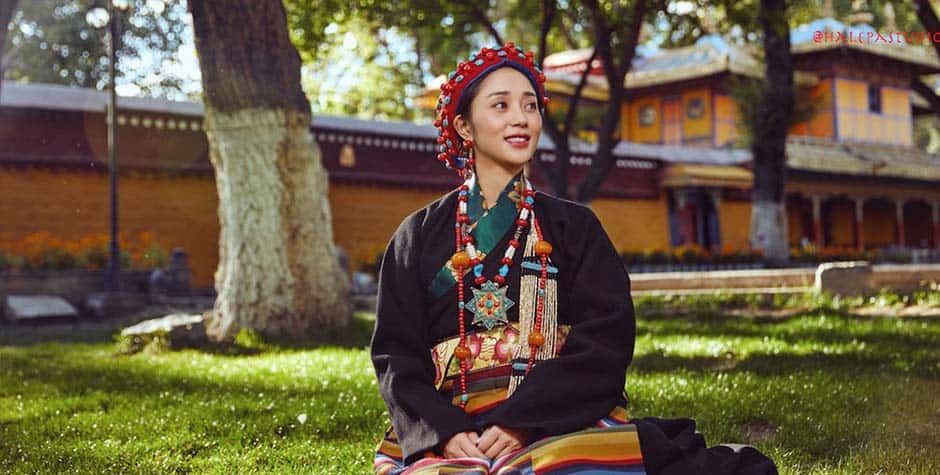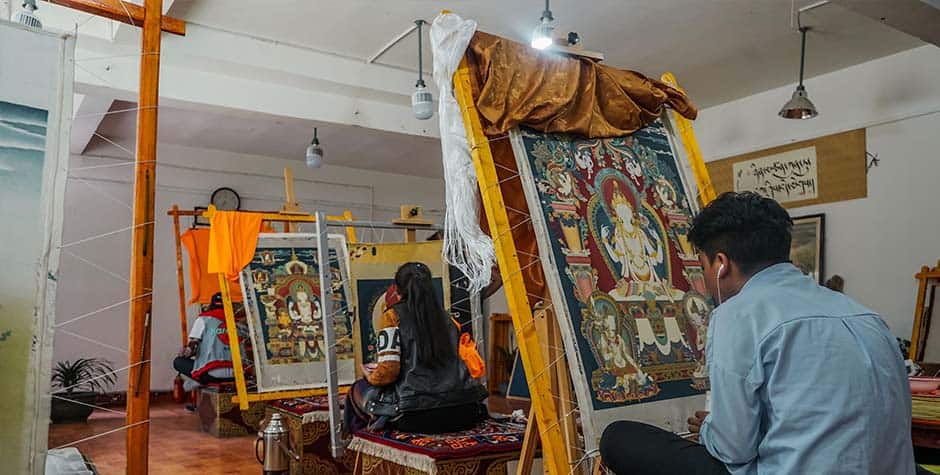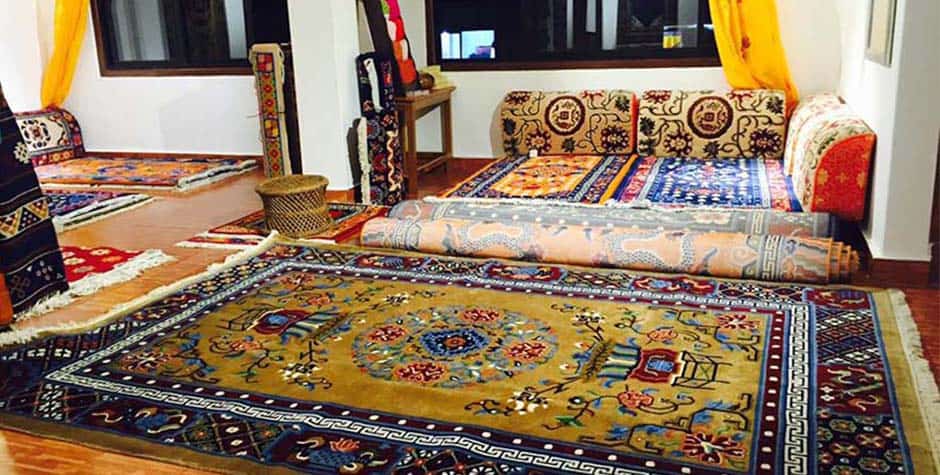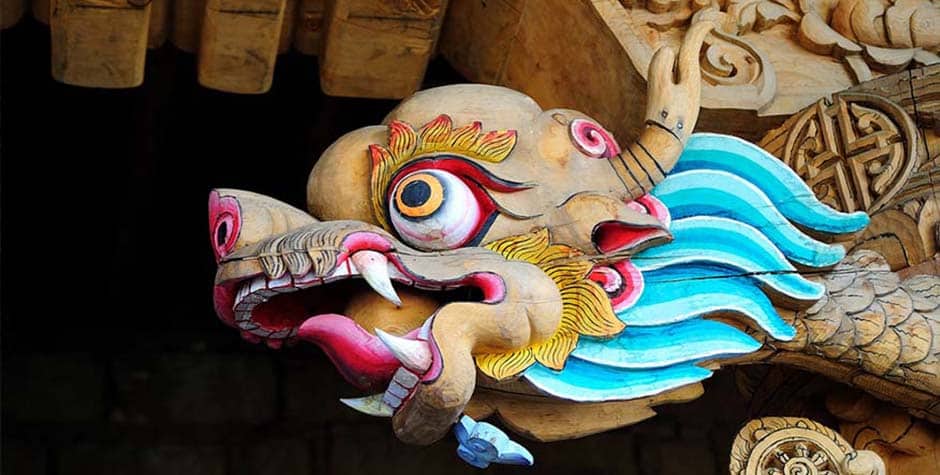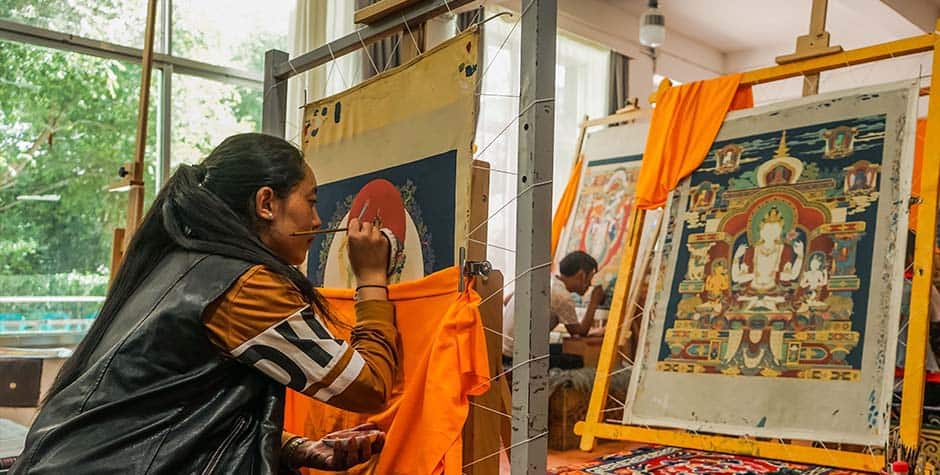
Tibetan culture is rich and diverse, with a long history that dates back thousands of years. The unique traditions and practices of the Tibetan people have been passed down through generations, shaping their way of life. In this article, we will explore various aspects of Tibetan culture and traditions, including the Tibetan language and writing, traditional clothing, food and cuisine, music and dance, traditional medicine, and astrology.
Tibetan Language and Writing
The Tibetan language holds a significant place in Tibetan culture. It belongs to the Tibeto-Burman language family and has a rich literary heritage. The history of the Tibetan language can be traced back to ancient times, and it plays a vital role in religious and cultural practices. Tibetan writing is based on an ancient script called “Uchen,” which is used to write classical Tibetan texts and religious scriptures. The Tibetan alphabet consists of thirty consonants and four vowels.
Traditional Tibetan Clothing
Traditional Tibetan clothing is not just a form of attire; it carries deep cultural significance. The clothing reflects the harsh climate and the nomadic lifestyle of the Tibetan people. Both men and women wear unique garments that vary based on region and occasion. The traditional dress for men includes a chuba (a loose robe), a coat, and boots, while women wear a long-sleeved silk blouse, a chuba, and an apron. These garments are often adorned with intricate patterns and vibrant colors.
Tibetan Food and Cuisine
Tibetan cuisine is a reflection of the nomadic lifestyle and the scarcity of resources in the region. The diet mainly consists of staple foods like barley, wheat, and yak meat, as well as dairy products such as butter, cheese, and yogurt. Tibetan dishes are known for their hearty flavors and unique cooking methods. Some popular Tibetan dishes include momos (dumplings), thukpa (noodle soup), and Tsampa (roasted barley flour). These dishes not only satisfy hunger but also provide the necessary energy to withstand the challenging Tibetan climate.
Tibetan Music and Dance
Music and dance play a vital role in Tibetan culture, serving as a medium for expressing emotions and celebrating special occasions. Traditional Tibetan music is characterized by the use of various instruments such as the dranyen (a six-stringed instrument), damaru (a small drum), and flute. The melodies are often soothing and rhythmic, invoking a sense of peace and tranquility. Tibetan dance forms, like the Cham dance, are performed during religious festivals and depict stories from Tibetan mythology.
Traditional Tibetan Medicine
Traditional Tibetan medicine, known as Sowa Rigpa, has been practiced for centuries and is deeply rooted in Tibetan culture. It is based on the principles of balancing the body’s energies and achieving overall well-being. Tibetan medicine utilizes natural remedies, including herbs, minerals, and animal products, to treat ailments. The practitioners, known as Amchis, undergo extensive training and possess in-depth knowledge of the human body, herbs, and diagnosis techniques.
Tibetan Astrology and Horoscopes
Astrology holds great importance in Tibetan culture and is widely consulted for various aspects of life. Tibetan astrology is based on a unique system that combines elements of Indian and Chinese astrology. It is believed that one’s birth date and time influence their personality traits, compatibility with others, and even their destiny. Tibetan horoscopes are used to determine auspicious dates for important events and provide guidance on various aspects of life.
Conclusion
Tibetan culture and traditions are deeply rooted in the history and beliefs of the Tibetan people. From the language and writing system to traditional clothing, food, music, medicine, and astrology, each aspect reflects the unique identity of Tibetans. Preserving and promoting these cultural practices is essential to maintain the rich heritage of Tibet and ensure its legacy for future generations.
FAQs
- What are some traditional Tibetan dishes?
Some traditional Tibetan dishes include momos (dumplings), thukpa (noodle soup), yak meat dishes, and butter tea. - How does Tibetan medicine differ from Western medicine?
Tibetan medicine focuses on balancing the body’s energies and emphasizes a holistic approach to health, while Western medicine tends to focus more on specific symptoms and diagnosis. - Are there any similarities between Tibetan and Indian astrology?
Yes, Tibetan astrology has some similarities with Indian astrology, as both systems incorporate elements like birth date and time to determine personality traits and destiny. - Can non-Tibetans learn the Tibetan language?
Yes, anyone interested can learn the Tibetan language. There are resources available, including language courses, books, and online platforms that offer Tibetan language learning. - What are some famous Tibetan festivals?
Some famous Tibetan festivals include Losar (Tibetan New Year), Saga Dawa, Shoton Festival, and Monlam Festival.
Read more about Tibet Travel Information and Tibet Tours.

